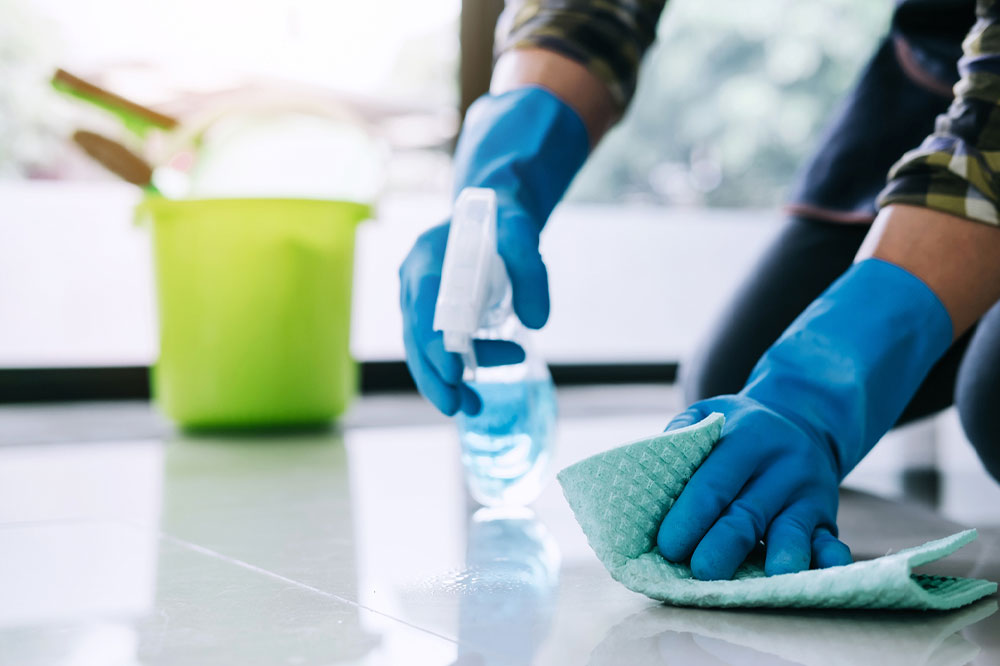
A guide on mold removal and prevention
Mold is undoubtedly a housing hazard as it can cause severe structural damage. Some households have unhealthy levels of mold that can severely impact one’s immune system. The concerns associated with a mold problem are its impact on human health and the high costs of fixing it. Learning how to recognize the signs of mold in the house and the preventive measures it’s easier for homeowners and residents to tackle it effectively.
What are the different types of mold?
Mold is prevalent in the surroundings, and it is impossible to keep it completely out of homes. Mold spores can enter the house through clothes, pets, and leaky surfaces like the roof and windows. While all types of mold require a moist or damp environment to grow, some are more dangerous to human health. There are thousands of different strains of mold; some common types of mold seen around the house are as follows:
- Stachybotrys
Known as black mold, this type of mold is a greenish-black mold mostly found on wood and drywall and can induce headaches and respiratory issues. - Mucormycetes
Known as filamentous mold, Mucormycetes is a light grey mold that is puffy and turns darker as the mold grows. This type of mold commonly grows on decaying fruits and vegetables. - Alternaria
This is a common allergen found in homes under sinks and shower bases with water retention. - Cladosporium
The mold grows in textiles around the house, including carpeting and padded furniture, and appears in shades of green and brown. - Ulocladium
This black mold is commonly seen after flooding. It needs a regular water supply to survive and grow and is slightly more dangerous than Stachybotrys.
While these are the common types of molds, a range of other strains can be found around the house. However, based on their type and effect, one can primarily categorize them as pathogenic, allergenic, and toxigenic.
How to prevent mold?
Mold can severely affect the indoor air quality of the house and can grow undetected. The ideal conditions for mold to grow are sufficient heat and humidity and a food source for the mold to grow. There are some ways to prevent their growth. To begin with, the house needs to have moderate humidity levels. In areas like the bathroom, kitchen, and basement, make sure that there is proper ventilation. Ensure that there are vent fans around the house. After consulting with an HVAC professional, install an attic fan if necessary. Keep windows open and let fresh air in to prevent mold growth. Fresh air can dry out the house’s mildewed areas and reduce the stuffiness, if there is any. Also, follow some additional mold prevention tips:
- Look for leaks around the house and fix them.
- Avoid clustering materials like paper and cardboard together, especially in rooms with high humidity levels.
- Recycle unsalvageable and unused material frequently and follow proper garbage disposal methods.
- Schedule a meeting with an HVAC consultant periodically to look for mold in the house.
- Invest in a moisture detector machine, particularly if your family has a risk of allergies, asthma, or other respiratory diseases.
Mold removal
There are multiple ways to remove mold, but the method depends on how extensively it has spread and the type of mold. If the mold is contained in a small area, you can remove it yourself. Ensure you are equipped with masks, gloves, and eye protection glasses to avoid contacting or inhaling mold. You can remove the mold using bleach, vinegar, and hydrogen peroxide. You can also use a concentration of tea tree oil to remove mold. If there is an immense spread of mold caused due to heavy water leakage, it is ideal to call a professional to deal with the leak and the mold. You can hire a contractor with prior experience in the mold to do a thorough cleanup. Certified mold remediation specialists will track the moisture source and remove the mold. Mold removal companies employ techniques like Dry Fog Technology and disinfectant procedures to remove and prevent mold growth.
Complete mold removal may not be possible as it exists at a very microscopic level. However, you can effectively take steps to mitigate mold growth. You can prevent condensation and maintain moderate humidity levels to ensure the house no longer feels stuffy or has a stale smell. Since allergic reactions to mold are common and can even trigger asthmatic episodes, you must inspect the house thoroughly. One of the key takeaways is that moisture control is crucial in dealing with mold, and one should take prompt action. If you don’t take prompt action, mold will only cause further damage to the housing structure, and it can be expensive to fix it. However, removing mold is relatively simple; you don’t have to panic over mold growth.




